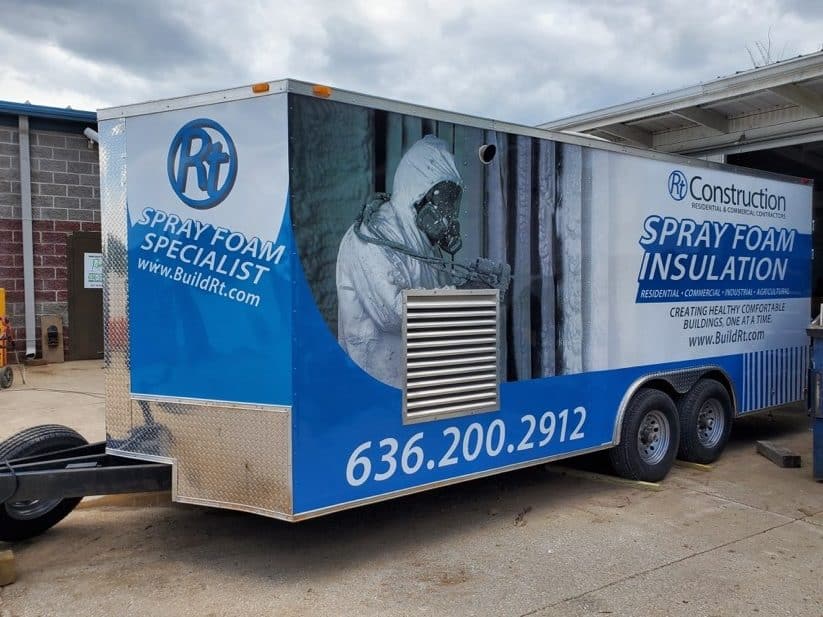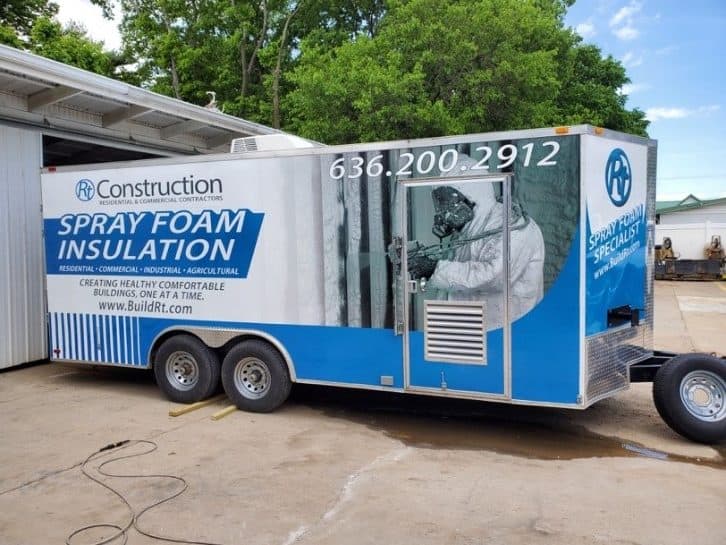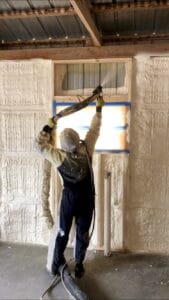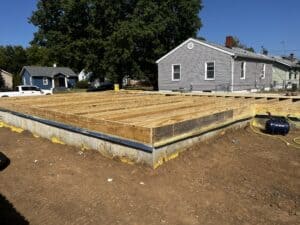Spray Foam Facts and Myths
The United States Department of Energy warns homeowners that just 1 in 5 homes constructed prior to 1980 are sufficiently insulated. While homes constructed today are required to meet R-Value standards set by the U.S. Department of Energy, this requirement was not included in building codes prior to the mid-1970s. This means that approximately 80% of homes built before this time are in need of better insulation! If you’re uncertain if your home falls within this category, contact us and our energy experts can help you determine if you’re in need of insulation.
R-Values (Resistance Value/Thermal Resistance)
Other than sounding like a pirate, what do we mean when we say R-value? We are talking about insulation. The R is for resistance and refers to a material’s ability to resist changes in temperature. Materials with high R-values more effectively resist temperature changes keeping warm places warm and cold places cold than materials with low R-value.
The closed cell spray foam that RT Construction uses has an R-value of 7 per inch, compared to fiberglass batts which has an R-value of around 2.5 per inch. This means that just 5 inches of SPF inside a wall will give you an R-value of 35!
Spray foam goes even a step further, because the foam expands nearly 50x its size. Closed cell insulation is the only insulation capable of creating an airtight seal and making your home or commercial building completely insulated, saving energy and lowering your monthly utility bills immediately!

Myths Regarding Spray Foam Insulation
There are many misconceptions about spray foam insulation. Listed below are some of the more common myths and the truth behind them.
- All spray foam insulation is the same. There are many different types of spray foam products. The most common differences among them are weight, strength, open vs. closed cell and R-value.
- Spray Foam is a cavity insulation only. Although this may be more factual for open cell foams, it is not the case with the closed cell foams. With its superior strength and moisture resistant qualities, closed cell foams can be used in a variety of applications.
- Insurance companies will not insure SPF roofing systems. This is not true. If your insurance agent is telling you this, we recommend shopping around. The agent may be putting you and your home at risk in other areas that they are considering as exempt in your policies.
- SPF offgasses after it is sprayed. Although there is an offgassing that occurs, it is only during the application and curing process. After 24 hours the foam has completely cured and there is ZERO off-gassing.
- SPF isn’t healthy to have installed in your home. Spray foam insulation that is installed by trained professionals who follow processing guidelines poses zero health risks to the end users
- SPF will damage your wires and pipes. When properly installed, SPF does no damage to wires, PVC, CPVC, or any other building products inside the wall cavity.
- “A building needs to breathe”. We know now that implementation of modern insulating and air sealing techniques in the building envelope can make a home or building more comfortable, healthier, and more energy efficient. With that being said, it is still always a good idea to have an ERV system installed on your HVAC system to remove stale air from the building and bring in fresh, clean air.

ERV (Energy Recovery Ventilation)
ERVs are systems designed to be connected to the ducts that are part of your HVAC system. By way of two fans, ERVs draw clean, fresh air into a home or office and remove stale air. They do this by:
- Filtering and removing allergens, formaldehydes, and other toxins from your indoor spaces
- Improving respiration for asthma sufferers
- Reducing dependency on air conditioning by way of EconoCool
- Reducing cooking, bathroom, and pet odors
- Mitigating mold and mildew risks
- Boosting the energy efficiency of your home
- Removing any contaminants that may seep into your home from an attached garage
- Reducing the frequency you will need to dust your space due to the reduced buildup of pollen, pet dander, and other materials
- Keeping the temperatures from one room to the next more consistent
- Improving your sleep due to the fresher, cycled air
- Extending the life of your HVAC system
- Utilizing a system that is quiet, features simple maintenance and upkeep, and includes excellent customer service



